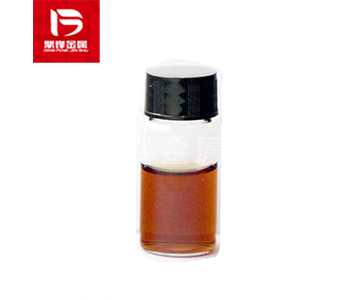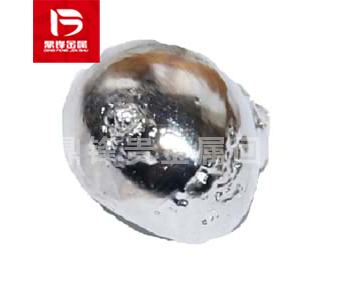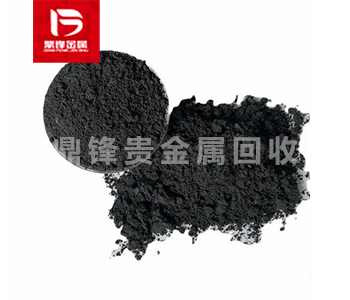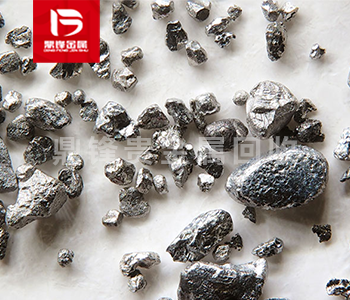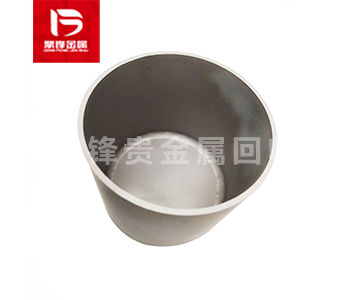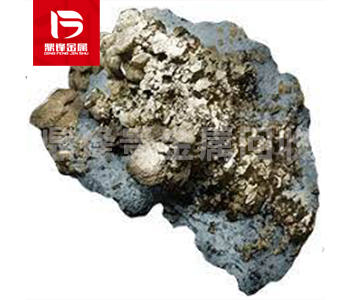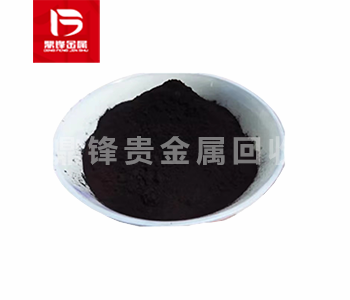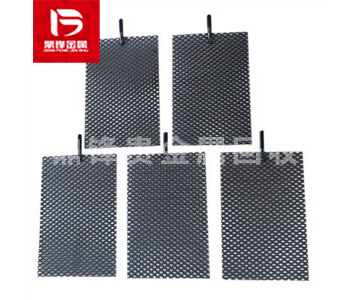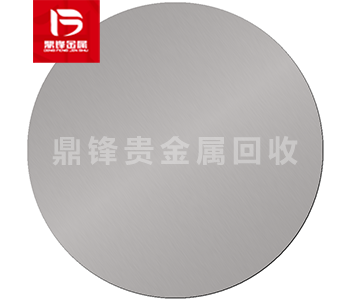Recovery of iridium from deactivated iridium oxide
Iridium oxide (IrO₂) is a core material in the fields of chlor-alkali electrolysis and organic catalysis. Its deactivation is mainly caused by chemical poisoning, high-temperature sintering or dissolution of active components, forming waste containing 5%-20% iridium. The iridium content in the deactivated iridium oxide waste is usually 5%~20% (mass fraction), which is much higher than the primary ore (crustal abundance is about 0.001 ppm), and has extremely high recovery value. Iridium is extremely chemically inert (especially in the oxidized state), and traditional recovery processes have problems such as low efficiency, high cost and high pollution.
Hydrometallurgical technology
Wet recovery extracts iridium through three steps of acid dissolution, separation and purification: aqua regia or hydrochloric acid-oxidant system dissolves IrO₂ to generate chloroiridic acid solution, which is then purified by solvent extraction (such as TBP), ion exchange or precipitation. This method is highly flexible, but the dissolution efficiency is low and waste acid pollution is generated, which requires catalyst addition or microwave-assisted optimization.
Pyrometallurgical technology
Pyrometallurgy uses high-temperature smelting (such as plasma melting or aluminothermic reduction) to enrich iridium. It is suitable for high-grade waste and can achieve a recovery rate of 95%. However, it has high energy consumption and is easy to release toxic gases (such as Cl₂). It requires a tail gas treatment system, and its economic efficiency is limited by scale and equipment costs.
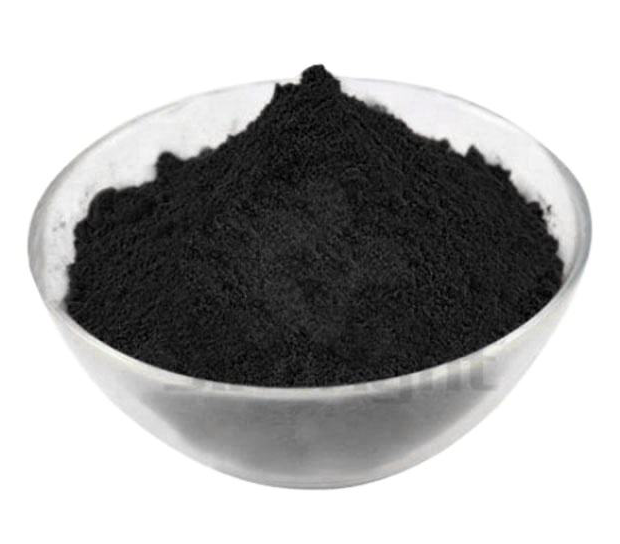
Emerging recycling technology
Biometallurgy uses microorganisms to leach iridium, which is environmentally friendly but has a long cycle; electrochemical dissolution directly strips IrO₂ electrodes through anodic oxidation, with an efficiency of more than 85%. In the future, it may be combined with wet methods to achieve green closed-loop recycling.
Technical challenges
The main difficulties include slow IrO₂ dissolution kinetics, interference from platinum group metal impurities, and secondary pollution. Solutions include enhanced mass transfer (ultrasonic crushing), multi-stage extraction and separation (DBC and TBP combined), and waste acid recycling processes to improve efficiency and environmental protection.
Application prospects
Iridium recovery has both environmental and economic value: each kilogram of recovery reduces 200 tons of ore mining and 60% of carbon emissions, and a production line that processes 10 tons of waste annually can generate tens of millions of dollars in revenue. At the policy level, China and Europe have both listed iridium as a strategic resource to promote technical standardization and industrialization. In the future, we need to focus on the research and development of low-energy dissolution technology, highly selective separation materials and intelligent equipment, combine wet process optimization with green process innovation, achieve efficient recycling of iridium resources, and support the sustainable development of new energy and high-end manufacturing industries.



